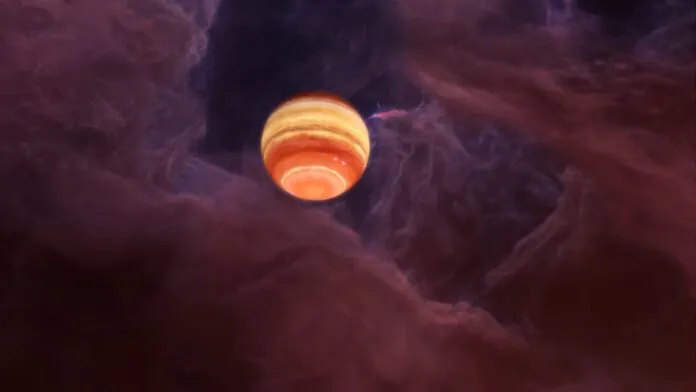© ROOT-NATION.com - Use of content is permitted with a backlink.
Since the discovery of the first exoplanet in 1992, astronomers have discovered more than 5,000 planets orbiting other stars. But when astronomers discover a new exoplanet, we don’t learn much about it: we know it exists and some of its features, but the rest remains a mystery.
To circumvent the physical limitations of telescopes, Stanford University astrophysicists are working on a new conceptual imaging technique that will be 1,000 times more accurate than the most powerful imaging technology currently in use. Using the effect of gravitational distortion of space-time, called lensing, scientists can manipulate this phenomenon to create images that are much more sophisticated than they are today.
In an article published on May 2 in the Astrophysical Journal, researchers describe a method of manipulating solar gravitational lenses to observe planets outside of our solar system. By placing the telescope, the Sun, and the exoplanet in line with the Sun in the center, scientists can use the Sun’s gravitational field to increase the light from the exoplanet as it passes by. Unlike a magnifying glass, which has a curved surface that bends light, the gravitational lens has a distorted space-time, which allows you to obtain images of distant objects.

The catch is that their proposed technology will require more advanced space travel than is currently available. However, the viability of this concept and what it can tell about other planets makes it worthy of further consideration and development.
In order to obtain images of exoplanets through the solar gravitational lens, the telescope must be located at least 14 times farther from the Sun than Pluto, at the edge of our solar system and farther than any spacecraft ever sent by humans. But this distance is a tiny fraction of light years between the Sun and the exoplanet.
Currently, to obtain an image of an exoplanet with such a resolution, as scientists describe, we will need a telescope 20 times wider than Earth. Using the Sun’s gravity as a telescope, scientists can use it as a massive natural lens. A Hubble-sized telescope combined with a solar gravitational lens will be enough to capture images of exoplanets with enough power to display small details on the surface.
Scientists say that the introduction of this technology will take at least 50 years, and most likely more. To do this, we need faster spacecraft, because with current technology, the journey to the lens can take 100 years. When using solar sails or the Sun as a gravitational slingshot, this time can be 20 or 40 years. Despite the uncertainty of the timing, this will allow scientists to see if some exoplanets have continents or oceans. Their presence is an important sign that life may exist on a distant planet.
You can also help Ukraine fight with Russian occupants via Savelife or via an official page of the National Bank of Ukraine.
Read also:


